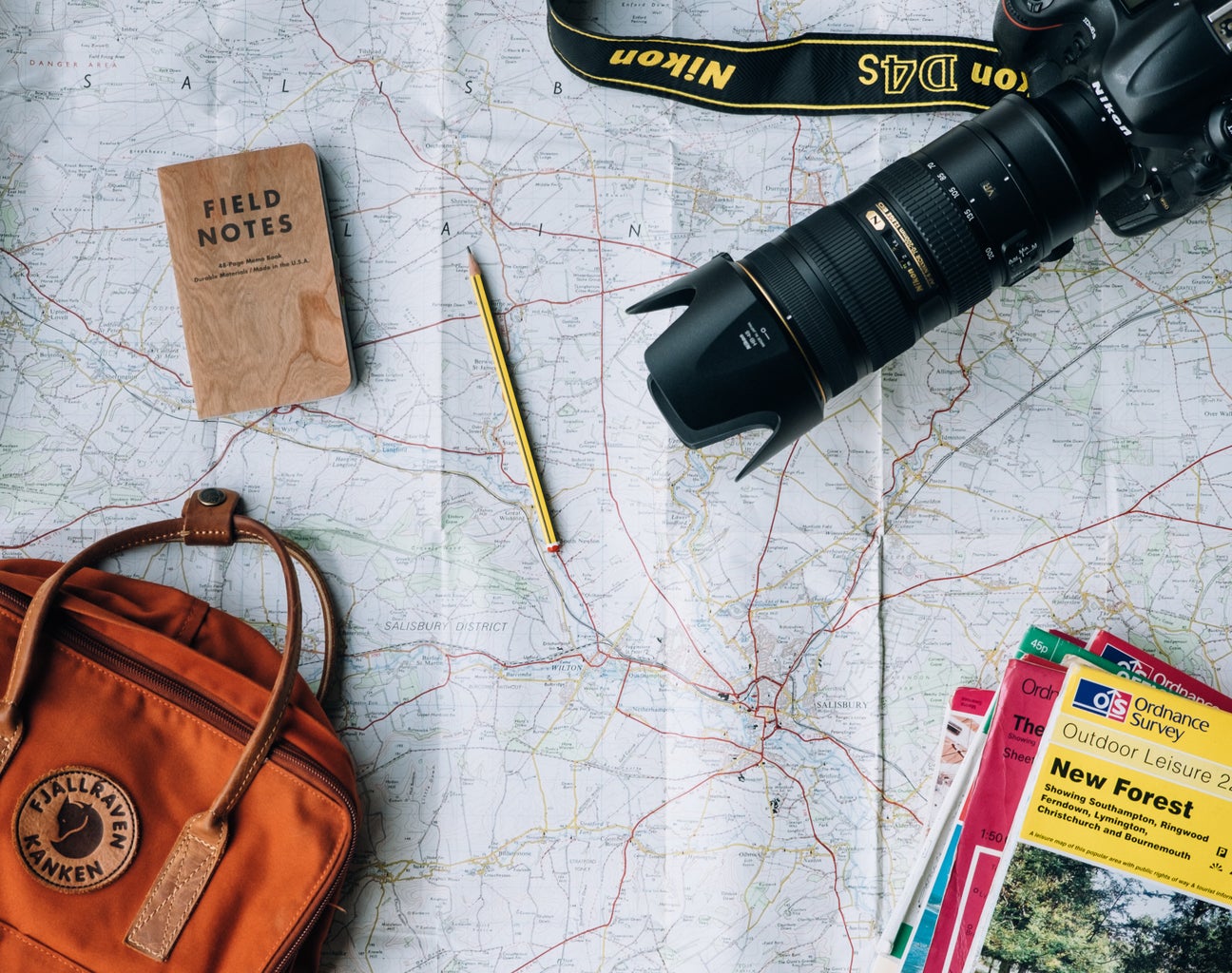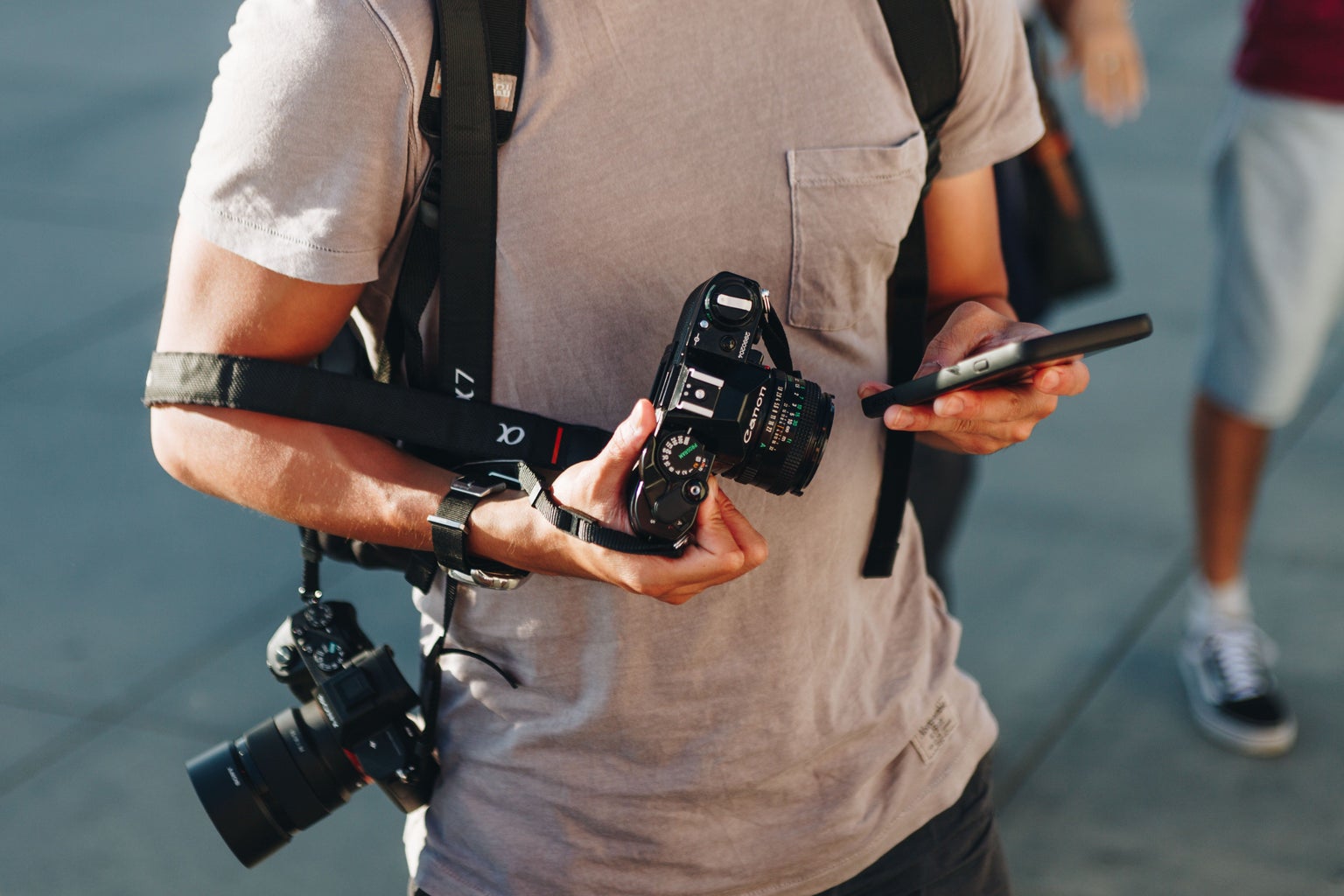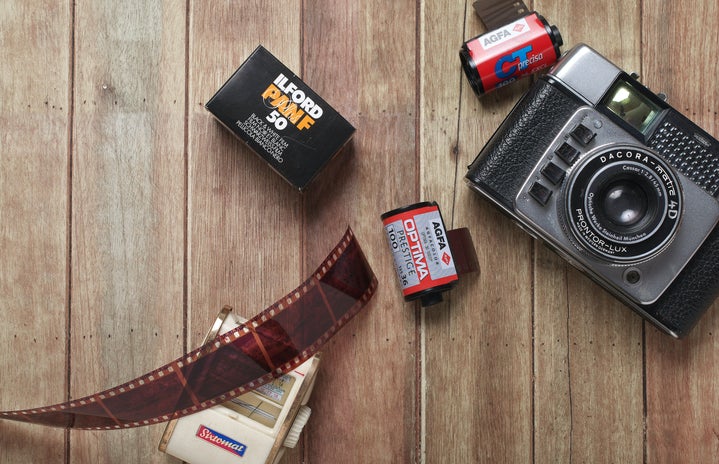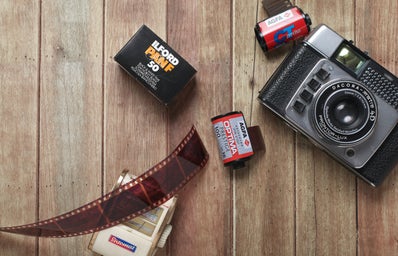Within the past couple of decades, we have made leaps and bounds in terms of technological accomplishments. This progression of advancements also extends to the accessibility of technology, as it seems to become more and more integrated into our daily lives every year. I believe this accessibility has many benefits in terms of communication and connecting with others, but I also believe it has led to a drastic increase of interest in photography. With that being said, many of my friends have started upgrading from just their iPhone cameras to DSLRs, which can definitely come with a learning curve. Today I’ll be walking you through some of the basic functions of a DSLR camera, giving you a good start to your photography journey.
Three of the most basic concepts that you’ll need to get down before getting more serious about your photography are shutter speed, aperture, and ISO. Learning how these work and how they all compliment each other will allow you to adjust your settings to whatever location you’re in, allowing you to create your desired look with the click of a few buttons.

Shutter Speed
The shutter speed is the measurement of the time your shutter is open. The smaller the denominator of your shutter speed, the longer the shutter will be open, letting in more light. You’ll want to have a slower shutter speed in a darker setting because of this, but it may cause your photos to be blurry if there is motion. Sometimes this effect is intended though, especially with long-exposure photography. The larger the denominator is of your shutter speed, the less amount of light will be able to come through. This causes your image to darken, but we often balance this out using the other settings. If there is fast motion happening that you’re wanting to capture, like in a sports game, you’ll want to increase the shutter speed to make sure your images are sharp.
Aperture
Aperture, also known as the f-stop, is the internal opening of the lens, allowing in a certain amount of light. Though shutter speed and aperture are both settings focused around letting in light, shutter speed is more about the amount of time you’re letting in that light, versus aperture where it is fixed. The aperture also controls your depth of field. The higher the aperture, the less blurry the background behind the subject will be, and the lower the aperture, the more blurry, helping to differentiate your subject from its background. When you’re at a darker location, keeping your aperture low allows in more light, helping your images stay well-lit in whatever situation you find yourself in.
ISO
The ISO digitally brightens your image. So, if your shutter speed and aperture are as low they can be but you still would like your image to be brighter, you would increase the ISO to achieve this. This is one of the easiest ways to control the light in your photo, but be careful of having your ISO too high because it can make your image grainy.



